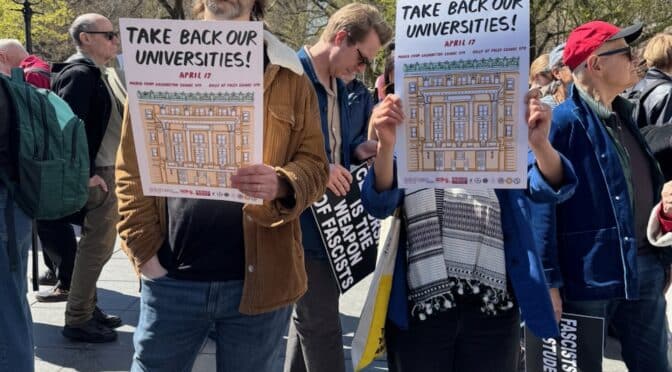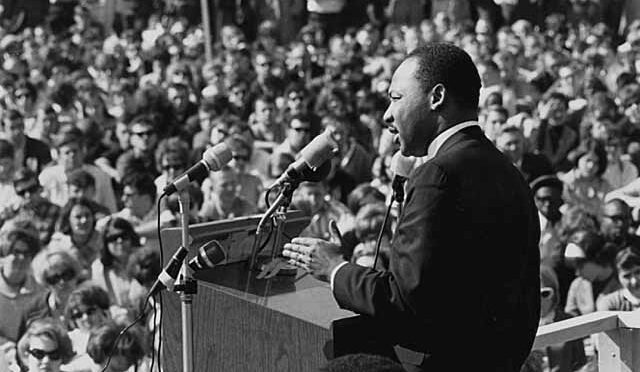by Barbara Nevins Taylor
Equal pay for equal work sounds like the most reasonable thing in an era where a woman is a front-running candidate for President of the United States. But despite doors that have opened to opportunities that women fought for over the past hundred years, women still earn less than men.
In 2014, a women earned 79 cents to every dollar earned by a man. And in some jobs, like retail, you find an even greater disparity.
African-American and Latino women fare more poorly than white women in the job market. African-American women earned 64 cents and Latinas 56 cents when a white man made a dollar for the same job. Crazy, right? Makes no sense. Except that employers can get away with paying women of every color and ethnicity less.
The answer to why women don’t get equal pay for equal work shakes down to one thing: discrimination.
Even in 2015, when wages went up for many, pay increases for women remained lower. Men’s earnings increased by 2.6 percent while women’s pay increased by 0.9 percent, according to the Institute for Women’s Policy Research.
A federal law passed in 1963 bans discrimination based on gender or race. But the 57 percent of women who work outside the home still find themselves settling for jobs that don’t offer equal pay, often because they need the money and can’t afford to fight.
President Obama tackled the issue head-on in 2009 with the Lily Ledbetter Fair Play Act, the first bill he signed into law. It extended the time period to file a pay discrimination lawsuit. He has also made the issue of equal pay a priority and issued an executive order prohibiting federal contractors from going after women or others who inquire about pay disparity.
But we still face discrimination and settle for unfair situations because we fear losing the opportunity and the chance to earn a living.
The Department of Labor Produced this video:




